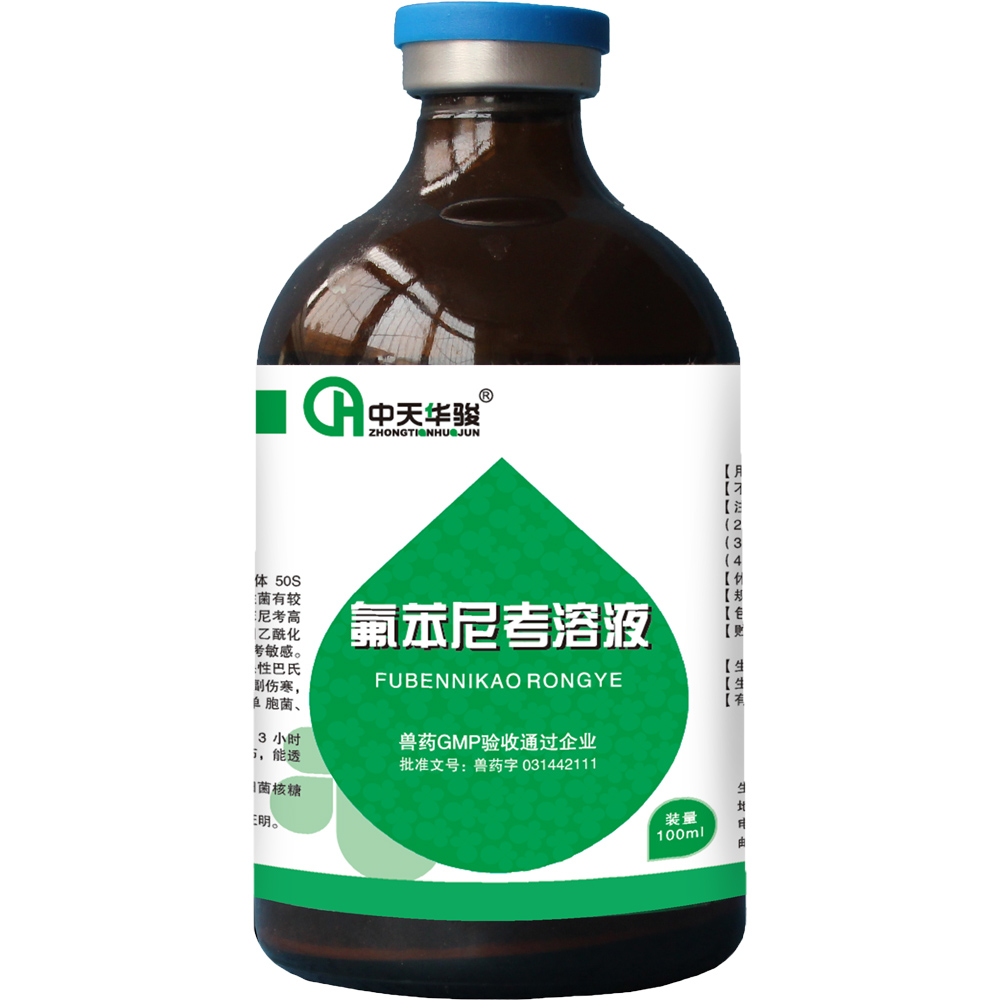
Dec . 09, 2024 16:07 Back to list
china poultry necrotic enteritis
Understanding Necrotic Enteritis in Poultry Causes, Symptoms, and Management
Necrotic enteritis is a significant health concern in the poultry industry, particularly affecting broilers and turkeys. This disease is characterized by the destruction of the intestinal lining, leading to severe health issues and economic losses in poultry farming. Understanding the causes, symptoms, and management strategies is crucial for poultry producers to maintain flock health and productivity.
Causes of Necrotic Enteritis
The primary causative agent of necrotic enteritis is the bacterium *Clostridium perfringens*. This organism is an anaerobic, spore-forming bacterium commonly found in the environment and the gastrointestinal tracts of healthy chickens. Under certain conditions, such as changes in diet, overcrowding, or stress, the bacteria can proliferate, leading to an overgrowth. This overgrowth produces toxins that damage the intestinal mucosa, resulting in necrotic lesions.
Several factors can predispose chickens to necrotic enteritis, including poor management practices, sudden changes in feed composition, and co-infections with other pathogens like coccidia. Coccidiosis, a common intestinal infection in poultry, can disrupt the normal gut flora, allowing *C. perfringens* to thrive and cause necrotic enteritis. The interplay of these factors is critical to understanding the disease dynamics and implementing effective prevention strategies.
Symptoms
The clinical signs of necrotic enteritis can vary but often include
1. Decreased Feed Intake Affected birds may show a reluctance to eat, leading to weight loss. 2. Lethargy Infected chickens appear weak and less active than healthy birds. 3. Diarrhea Watery, foul-smelling feces may be observed, sometimes mixed with blood. 4. Poor Growth Rates Overall, there is a noticeable decline in growth performance. 5. High Mortality Rates In severe cases, especially in flocks with a high prevalence of the disease, mortality rates can be significant.
Monitoring these signs closely can help poultry producers identify outbreaks early, thus allowing for timely intervention and management.
Management and Prevention
china poultry necrotic enteritis

Effective management strategies are key to preventing necrotic enteritis in poultry. Here are several approaches that producers can adopt
1. Nutritional Management Providing a balanced diet is crucial. Avoiding abrupt changes in feed formulation can help maintain gut stability. Adding probiotics and prebiotics can assist in promoting a healthy gut microbiome.
2. Biosecurity Measures Implementing strict biosecurity practices can reduce the risk of disease transmission. This includes controlling access to poultry houses, maintaining cleanliness, and regularly disinfecting equipment.
3. Coccidia Control Regular monitoring and management of coccidial infections are vital, as they can predispose birds to necrotic enteritis. Using strategic anticoccidial programs can significantly reduce the risk of co-infection.
4. Stress Reduction Managing environmental factors such as stocking density, ventilation, and overall housing conditions can minimize stress, which is a significant risk factor for necrotic enteritis.
5. Early Detection and Treatment Monitoring flock health and performing regular necropsies can help in the early identification of the disease. If necrotic enteritis is suspected, appropriate antibiotic treatment should be administered promptly as per veterinary guidance.
6. Vaccination Research is ongoing into the development of vaccines against *C. perfringens*. Although no commercially available vaccine currently exists, maintaining awareness of advancements in this area may provide future opportunities for prevention.
Conclusion
Necrotic enteritis poses a significant threat to poultry health and productivity. By understanding its causes, symptoms, and management practices, poultry producers can take proactive measures to minimize the impact of this disease. Continued research and the adoption of best practices are essential for improving the overall welfare of poultry and ensuring a sustainable and profitable industry.
-
Premium Honeysuckle Products - Leading Honeysuckle Manufacturer & Supplier Factory
NewsJun.10,2025
-
Pulmonary Edema Solutions from Leading Manufacturer & Supplier Reliable Factory Price
NewsJun.10,2025
-
Red Eyes - Leading Red Eyes Manufacturer & Supplier, Premium Quality Factory Price
NewsJun.10,2025
-
Broiler Ascites Syndrome Solutions Top Manufacturers
NewsJun.10,2025
-
Premium Amoxicillin Suppliers Reliable Biomox Mexican Factories
NewsJun.10,2025
-
Top Brewing Cell Wall Solutions Optimized Efficiency
NewsJun.09,2025




